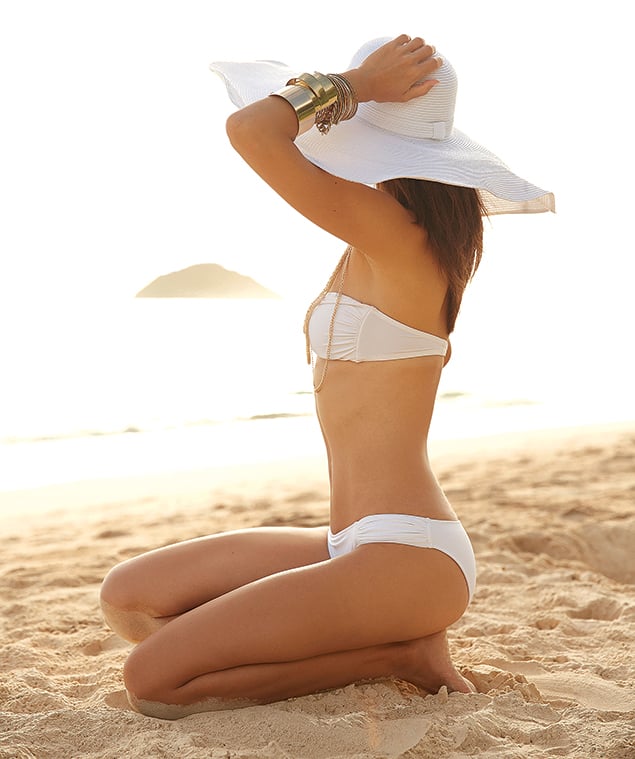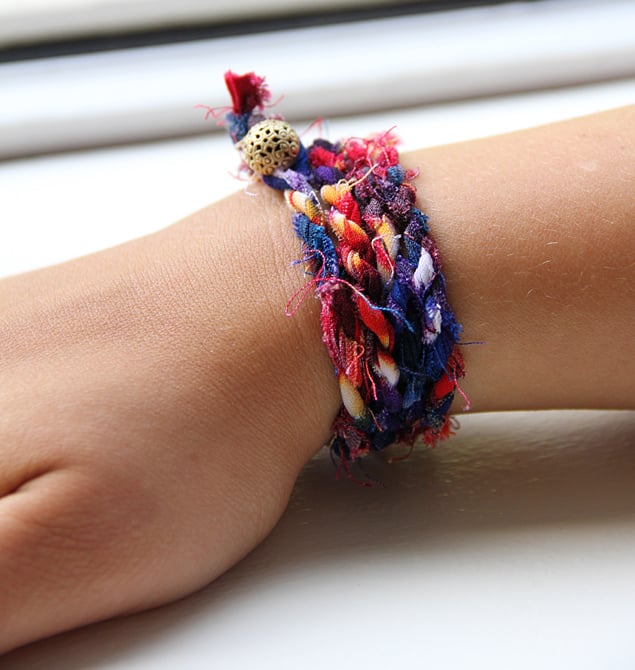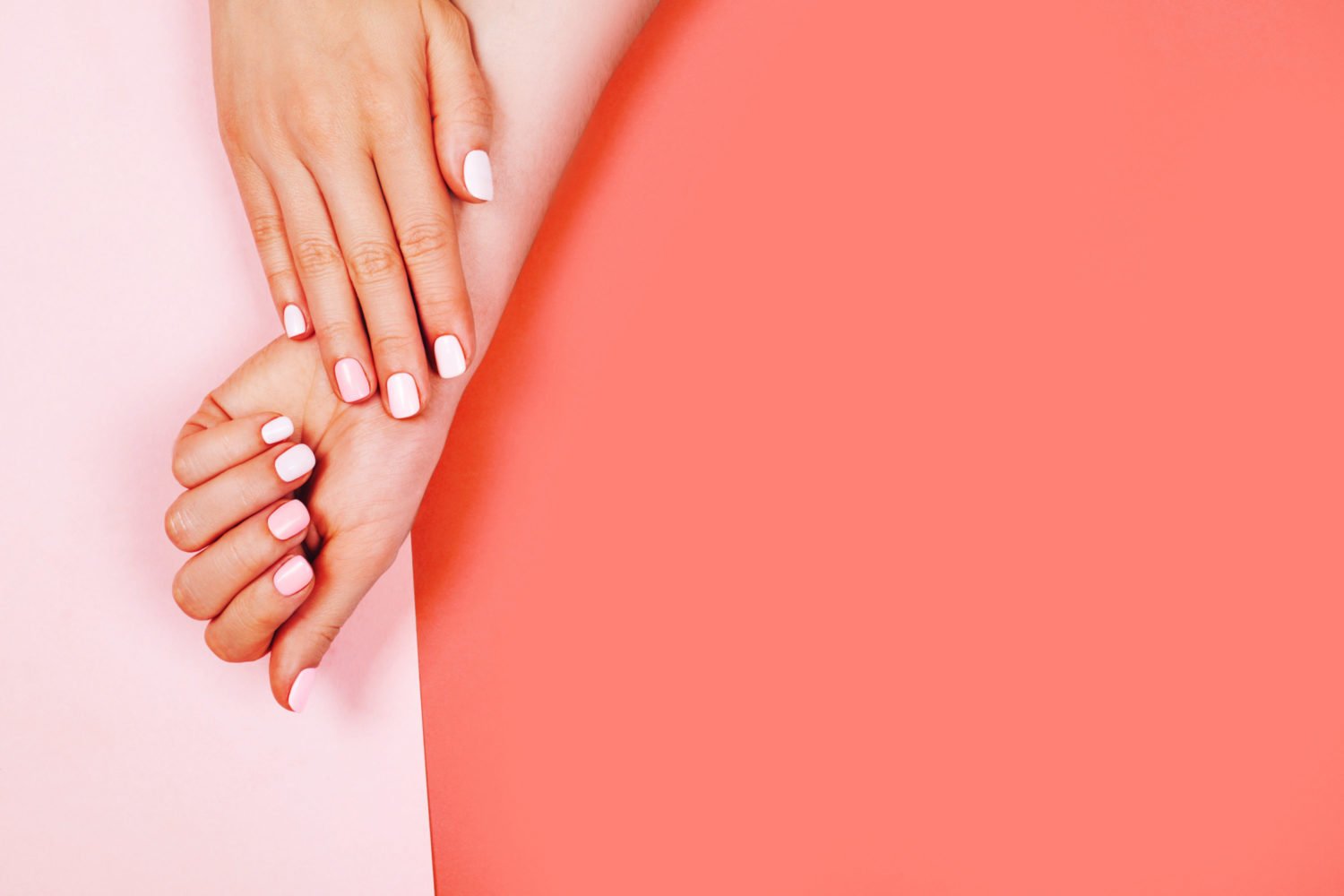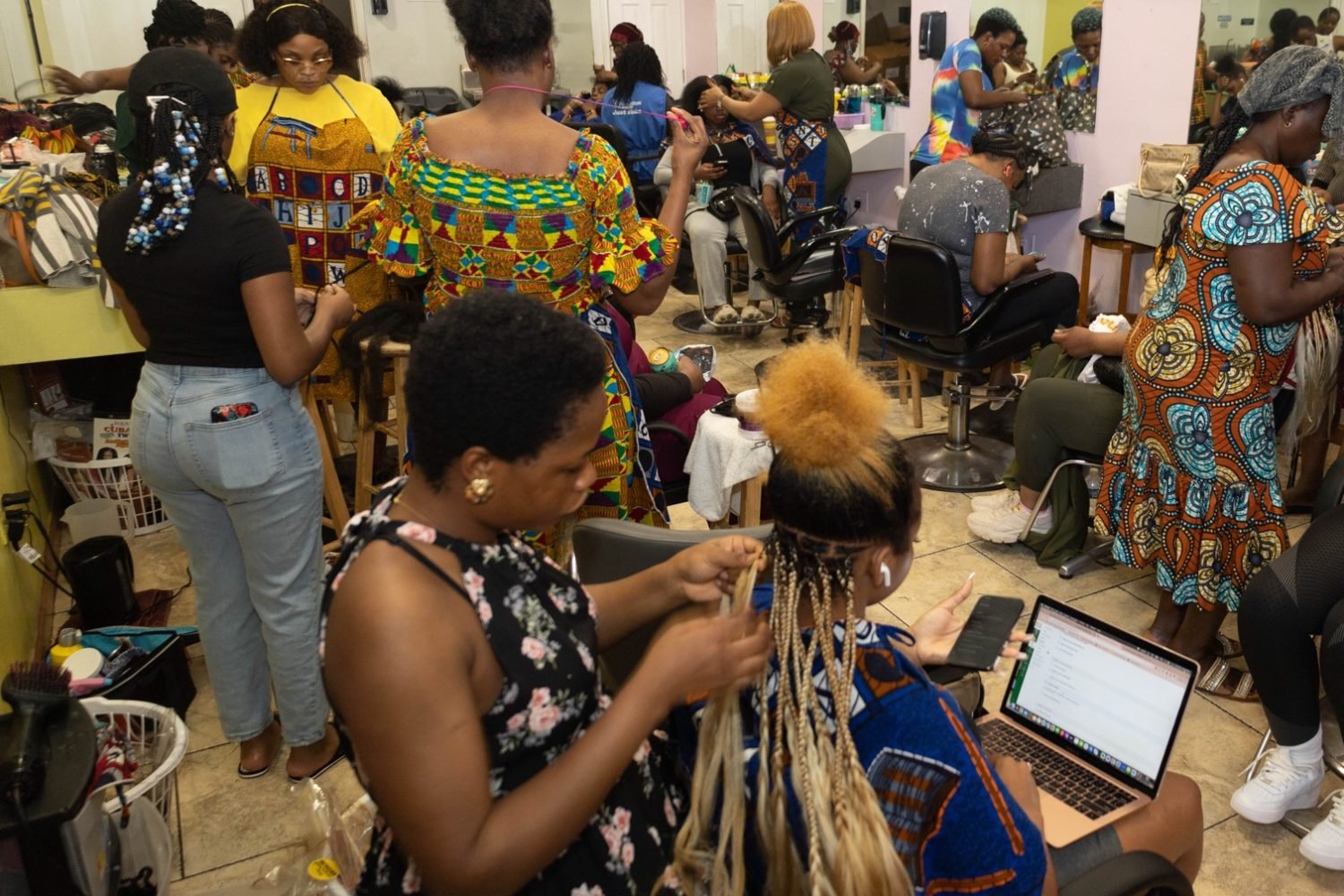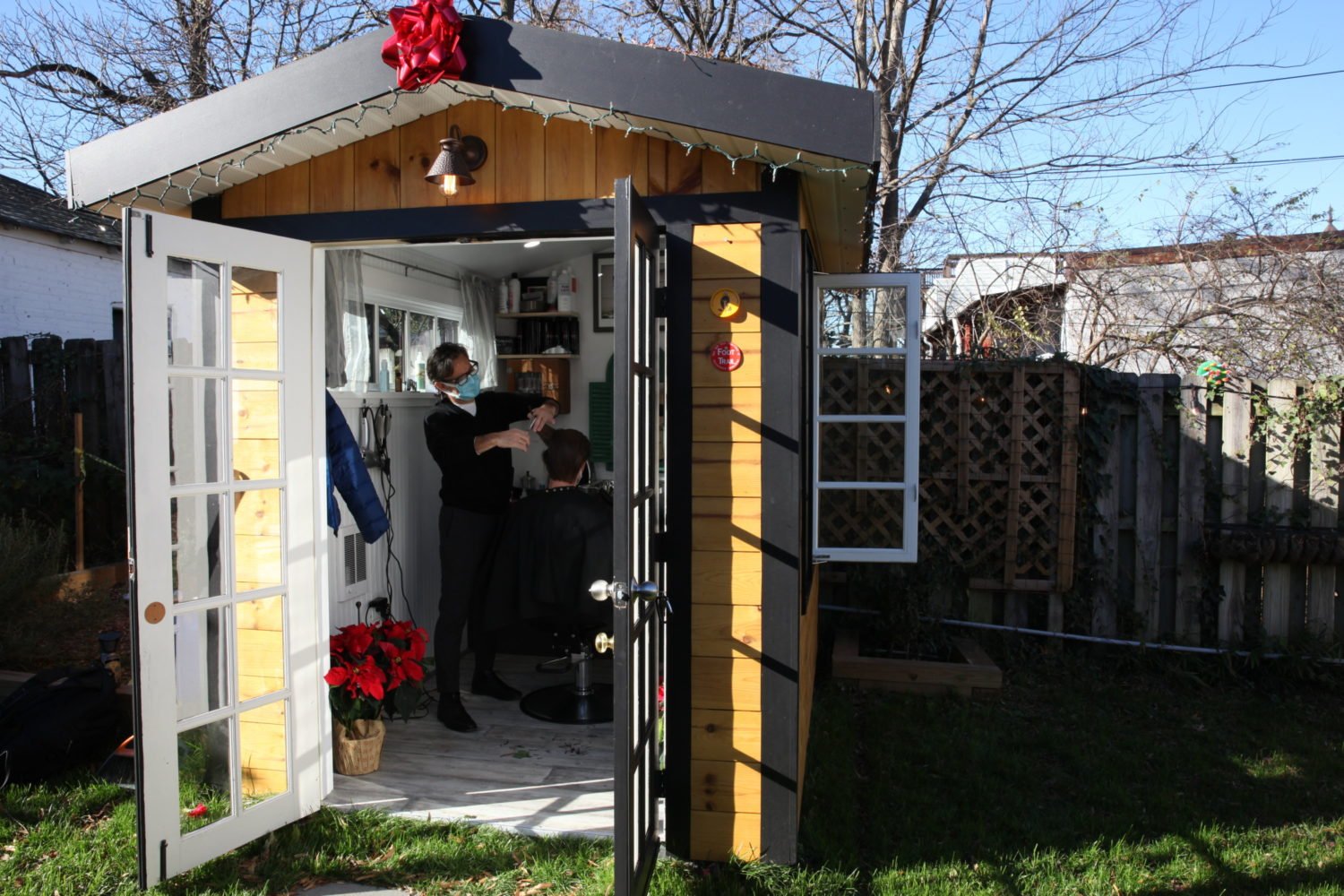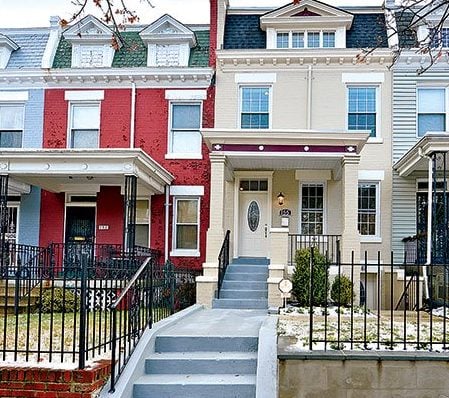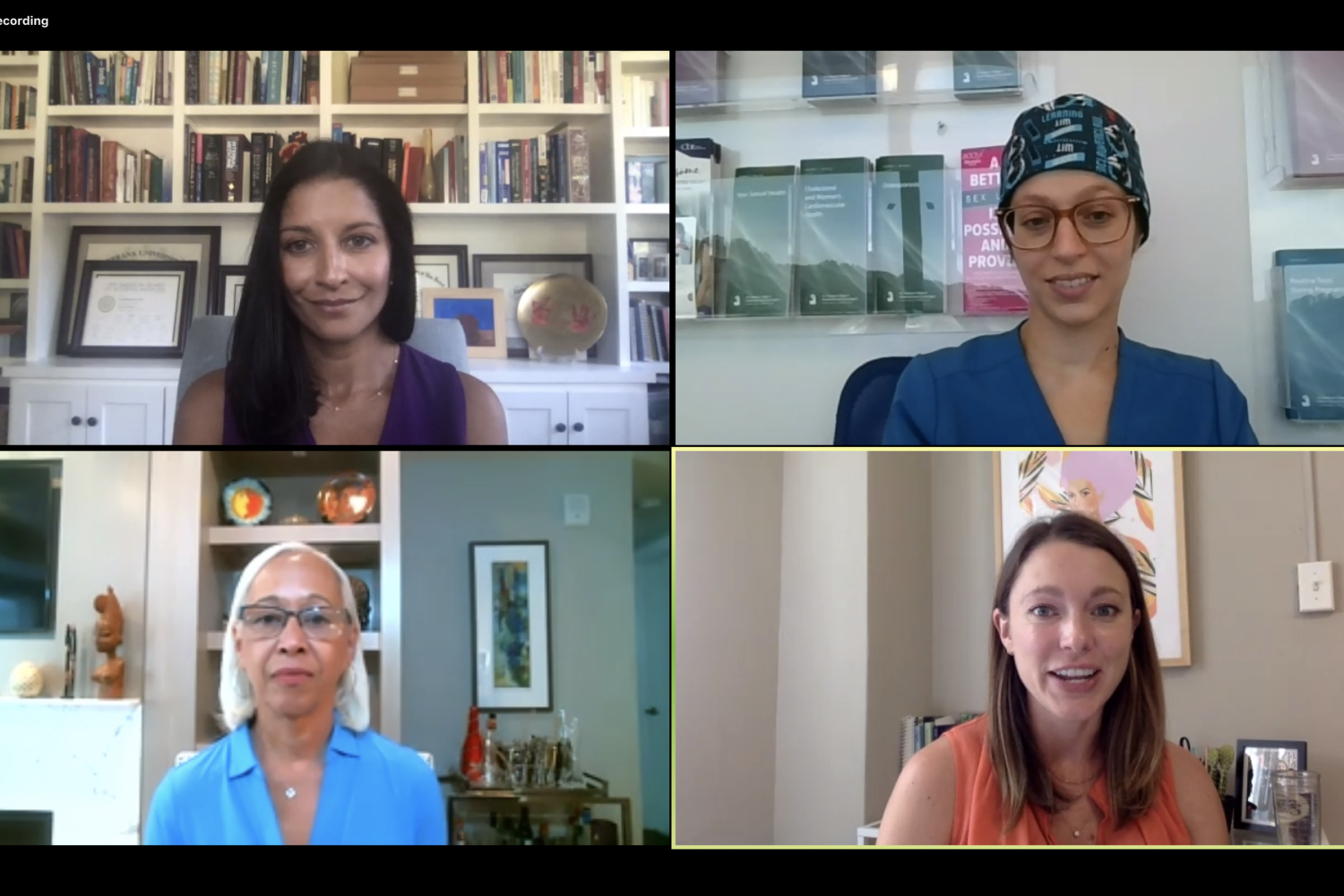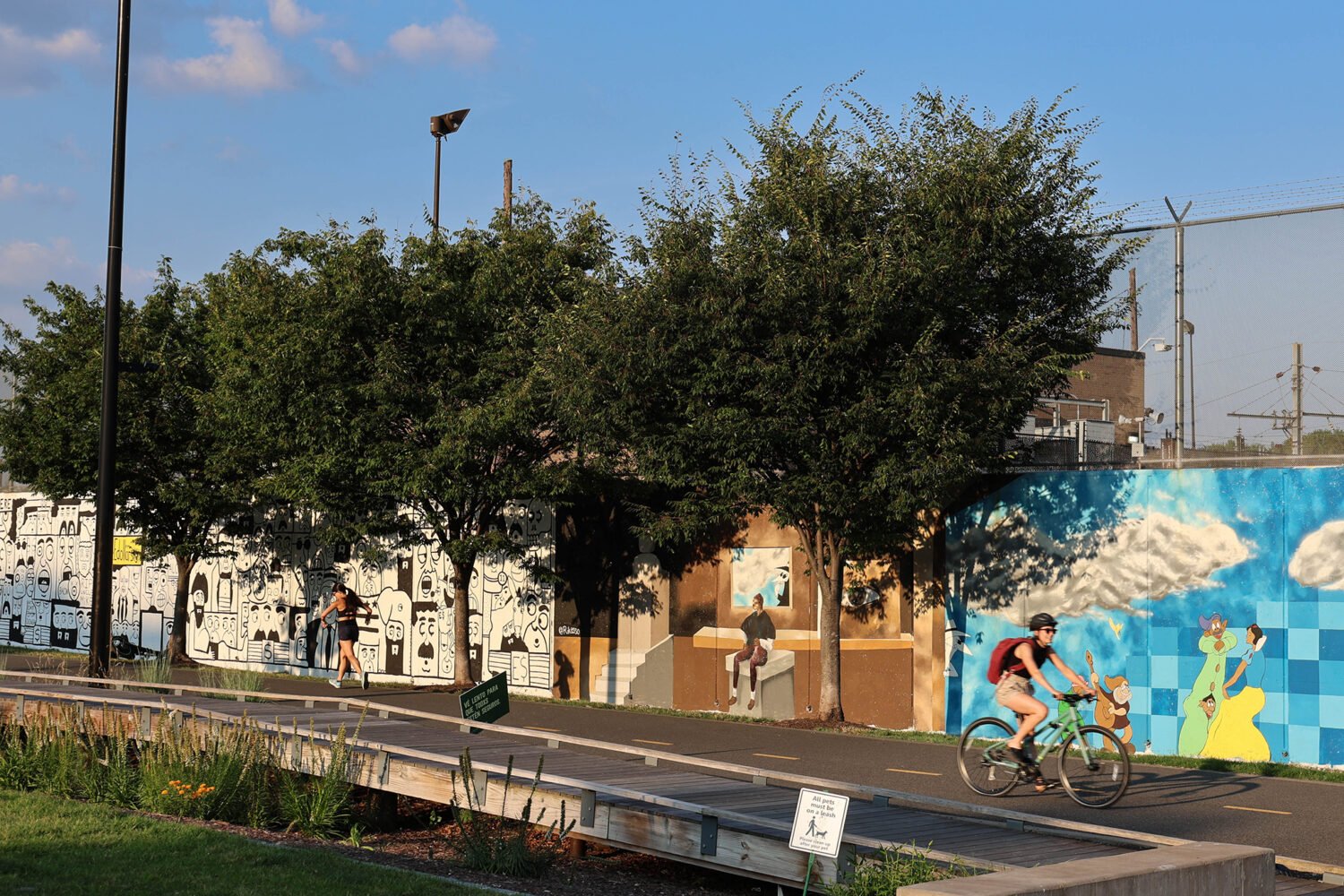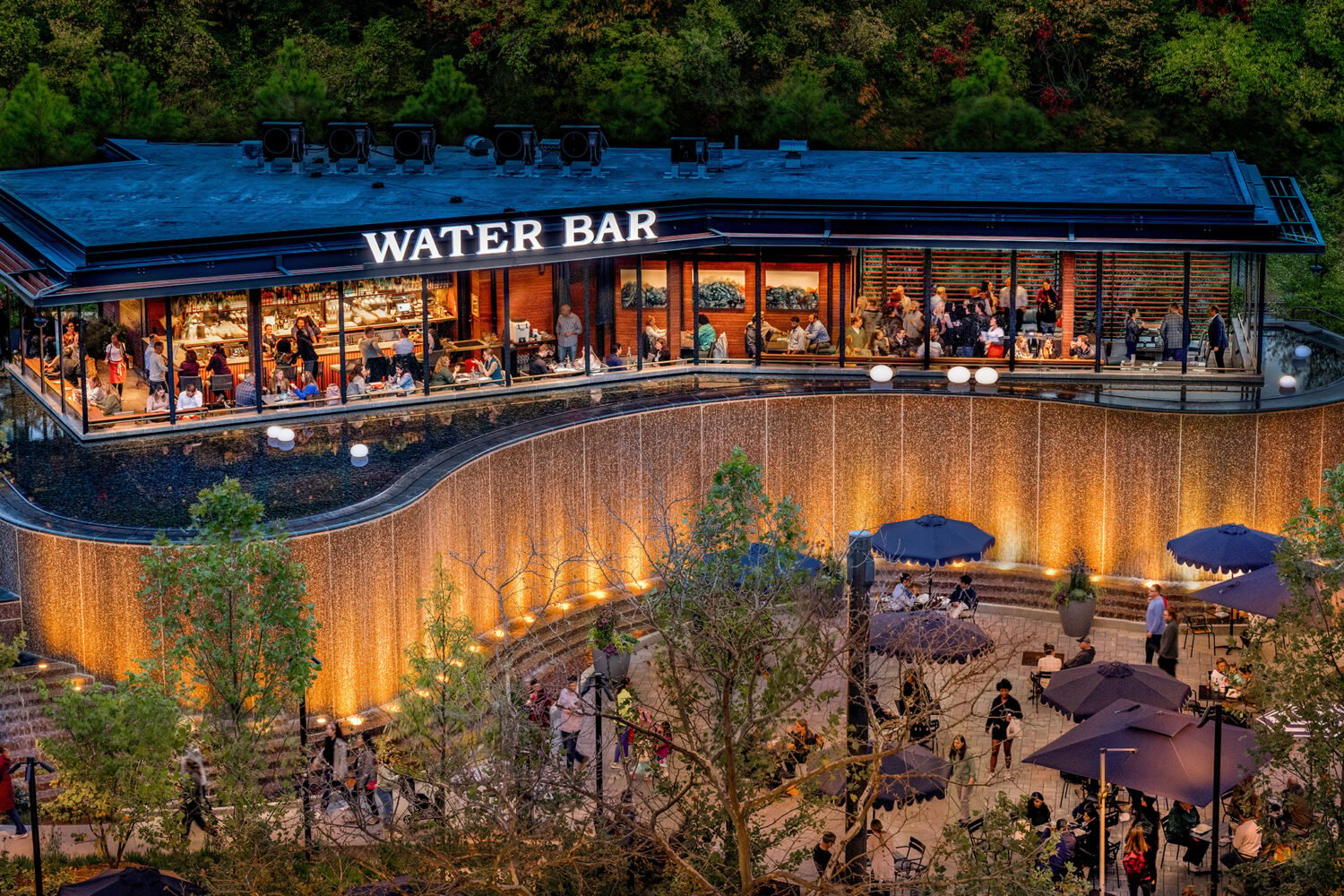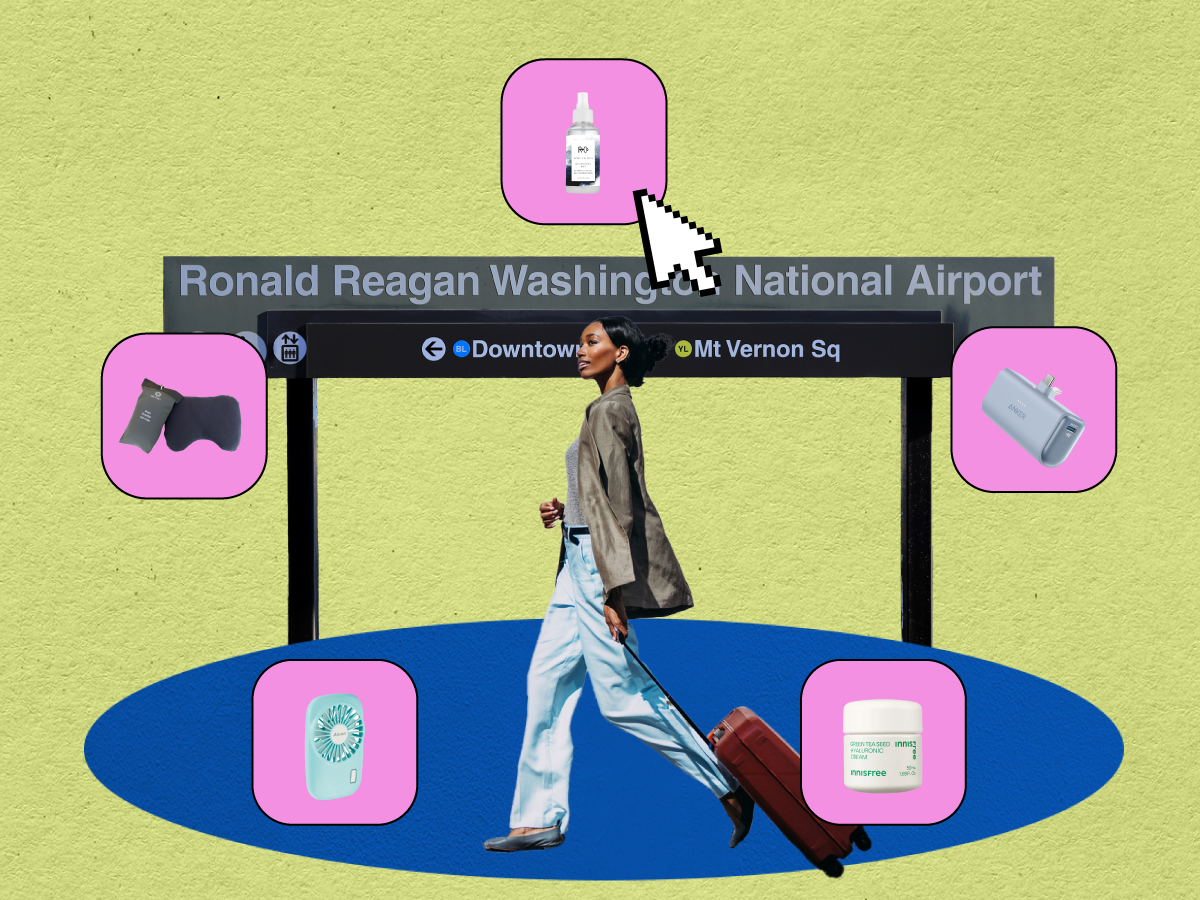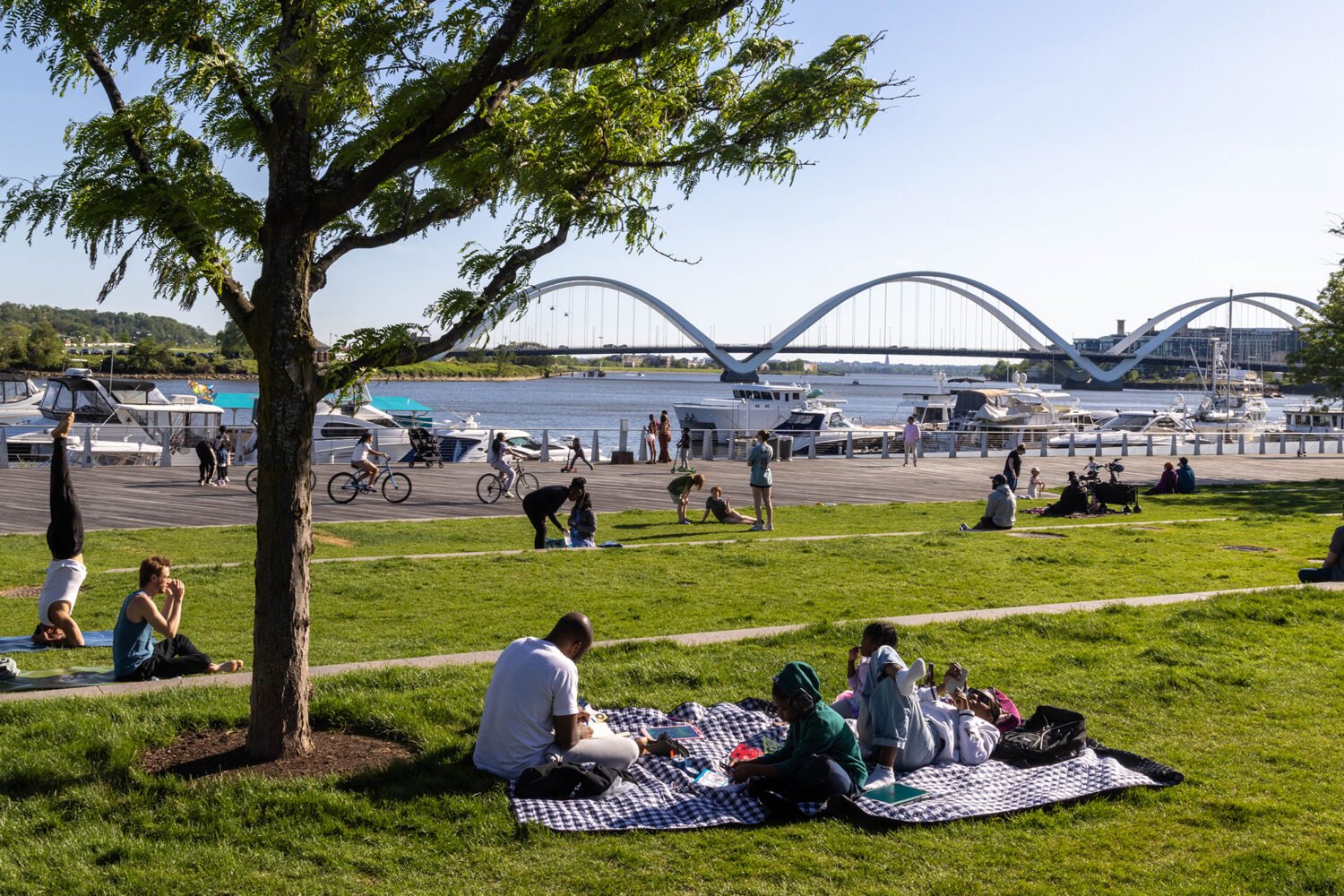Want bigger breasts but don’t want implants? How about a tighter tummy without liposuction?
New cosmetic treatments—many of them non-surgical—mean more options than ever for men and women who aren’t completely happy with their bodies.
Here are the latest, most effective, easiest, laziest—and sometimes craziest—procedures to transform trouble spots.
A Flatter Stomach
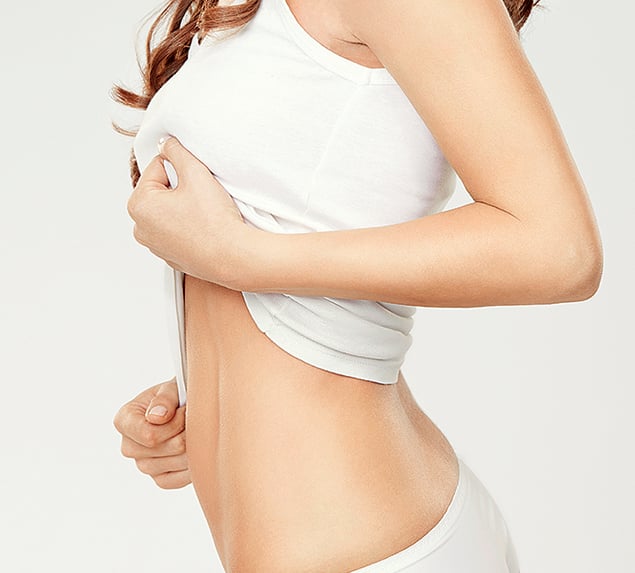
The midsection is prone to three frustrating but common conditions: excess fat, loose skin, and stretch marks. Some ways to address them, from most to least invasive:
Most Dramatic: Tucking It In
Only one procedure—a tummy tuck, or abdominoplasty—can fix all three problems common to the belly. “It’s the only proven way to address fat, saggy skin and gaps between the abdominal muscles, which contribute to that bulging look,” says Rondi Walker, a plastic surgeon in DC. “But if you’re close to your ideal weight, have good skin tone, and just have some excess abdominal fat, you can get good results with liposuction, which only addresses the fat.”
Abdominoplasty costs $4,000 to $15,000, depending on the extent of the procedure, while lipo runs $5,000 to $10,500. With lipo, expect up to four weeks of recovery time versus up to eight for a tummy tuck (which also comes with a long horizontal scar along the bikini line).
The Non-Surgical Approach
For those who have less fat to remove—or are willing to trade dramatic results for an easier, less expensive option to lipo—a new procedure called Vanquish goes one step beyond non-invasive: It never touches your body. An applicator that hovers over the skin delivers radio-frequency (RF) energy that heats fat cells to 120 degrees, killing them.
The procedure is painless and can treat a larger area than most other RF devices. If you want to target the entire abdomen instead of just love handles, this procedure can do it.
“A patient can expect up to 60 percent of fat cells destroyed after four treatments,” says Nia Banks, a plastic surgeon in Lanham. “However, people who practice light to moderate exercise and maintain a healthy diet, drinking plenty of water, have the best outcome.”
Four to six treatments are recommended, one to two weeks apart, to destroy fat cells permanently. Cost: $500 to $750 a session.
The Quick Fix
Loose abdominal skin—whether from aging, pregnancy, or weight loss—can prevent even the most toned abs from looking firm.
“Skin becomes less stretchy due to the gradual loss of collagen and elastin—like a tablecloth that is too big for the table,” says Chevy Chase dermatologist Tina West. “In the past, the only option was a tummy tuck, but you’d trade loose skin for a scar from hip to hip.”
In appropriate cases, West now recommends Ultherapy, an ultrasound procedure that stimulates collagen and elastin growth for two to three months following treatment, resulting in firmer skin. It’s the only non-invasive procedure approved by the Food and Drug Administration to lift skin that’s above the eyebrows, on the neck, under the chin, and on the décolletage, although it’s commonly used on other areas as well.
There’s no downtime, and treatment typically takes 30 to 90 minutes—just one session is needed for most patients. Those with too much excess skin might not be good candidates. Cost: $1,200 and up.
Fading Stretch Marks
A stretch mark is a scar in the skin, so it can be hard to treat. Dr. Banks says that fractional-laser treatments such as Fraxel and Fractional CO2 can stimulate collagen and elastic-fiber growth to fill them in and minimize their appearance. If the marks are pink or purplish, a laser can also diminish the color, making them less noticeable. Multiple treatments are usually required. Cost: $1,500 and up.
Prefer a less invasive approach? Some doctors recommend prescription tretinoin, or Retin-A, to fade stretch marks. It’s most effective when applied to fresh marks that are still pink or red.
Perkier Breasts
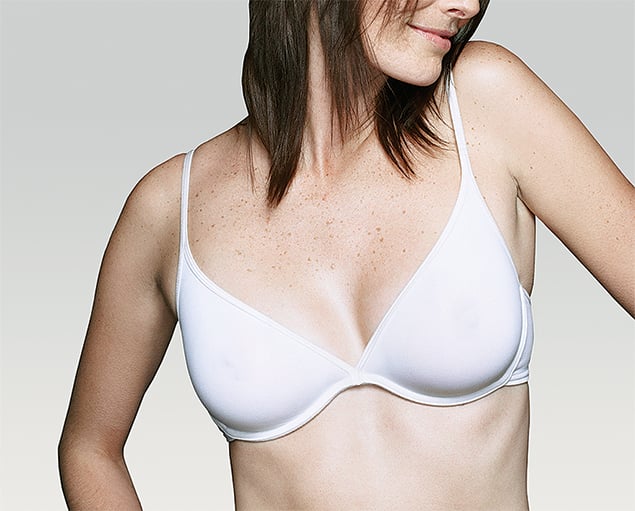
Washingtonians like big titles and big houses—but not big breasts, apparently. Women here who have work done tend to skew conservative (read: smaller) when it comes to implant size. “Women want to address sagging, the silhouette, the overall look—they’re looking for rejuvenation more than just augmentation,” says Navin Singh, a plastic surgeon with offices in McLean and Chevy Chase. “It’s about shaping as opposed to stuffing.” Here are the latest options:
The New Shape of Breast Implants
The big news in implants is that fake is going natural. “A more naturally sloped look is popular right now, especially with the new, shaped implants,” says Banks.
The idea is to appear bigger and perkier without announcing that you’ve had work done. Instead of the rounder, fuller look (and added cleavage) of traditional implants, “teardrop” versions are tapered to mimic the silhouette of an actual breast. Mentor MemoryShape silicone implant has been dubbed the “gummy bear” because it’s filled with thicker gel and maintains its shape longer than traditional implants. Allergan’s Natrelle 410 implants are designed to be softer so they feel more, well, real. The surgery is very similar to what’s done for rounder counterparts, but the price is a bit higher: $6,000 and up.
Bigger Breasts Without Implants
If you want to go up only about one cup size and prefer not to have implants, fat grafting is an option. Assuming you have enough extra fat in another part of the body, a surgeon can remove it from, say, the stomach, by liposuction, and use it to plump up your breasts.
Unlike implants, fat is a natural filler, so you’re not introducing a foreign substance into the body. There’s minimal scarring, as opposed to the larger scars of traditional augmentation surgery. It also eliminates the need to replace an implant later.
“Typically, 30 to 40 percent of the fat will be safely absorbed and flushed by the body, but the rest will survive permanently,” says Dr. Singh. “If a woman likes how her breasts looked when she was pregnant or breastfeeding, this gives the same effect of filling out the bra in a more natural-looking way—and of course, the feel is soft since every woman’s breasts are typically 70 to 80 percent fat.” Cost: $6,000 to $7,000.
One-Night Boobs
If buying a sexy new dress and a cleavage-hoisting bra isn’t enough to get you through your high-school reunion or an ex’s wedding, you can essentially rent implants for the night. InstaBreast is a procedure that involves injecting the breasts with a saline solution that plumps them up the same way an implant would. Originally developed so women could figure out what size they wanted before making a surgical commitment, it’s now being chosen by some women who want a Cinderella moment—and are willing to pay $2,500.
Alas, much like Cinderella, you’ll have to watch the clock as your boobs turn into the opposite of pumpkins. “Saline absorbs very quickly, so you’re not looking at 24 hours—within an hour, your breasts will start to deflate,” says Singh, who considers the procedure a gimmick. “They’re a great choice for a supermodel who needs to get through a photo shoot, but that’s about it.”
Side effects may include bruising at the injection site and lots of trips to the ladies’ room as the saline leaves the body through urine. Stretch marks may also appear if the skin is significantly stretched.
Possible good news: The inventor of InstaBreast is said to be developing an injectable solution that will last two to three weeks.
The Exercise Option for “Lifting” Breasts
You can also perk up your breasts by doing specific weightlifting exercises that help improve posture.
Cheryl Davis, a certified personal trainer in Alexandria, recommends push-ups, pull-ups, seated cable rows, and exercises that target the lower back to give a lifted appearance. She doesn’t suggest doing chest presses on a flat bench. “If you’re doing flat-bench or decline chest presses”—in which the bench is tilted so your head is below your waist—“it’s likely to flatten the part of the breast where you’d want fullness,” says Davis.
For working the chest, she says, stick to incline bench presses. Position the top part of a weight bench at a 30-degree incline. Lie back and put your elbows at a 90-degree angle, in line with your shoulders. Press up-ward with the dumbbells—use a weight that’s challenging—and push them slightly over your head instead of straight up over your chest. Bring your hands back down, and complete three sets of 10 to 12 reps with 90 seconds of rest between each set.
Shapely Behinds
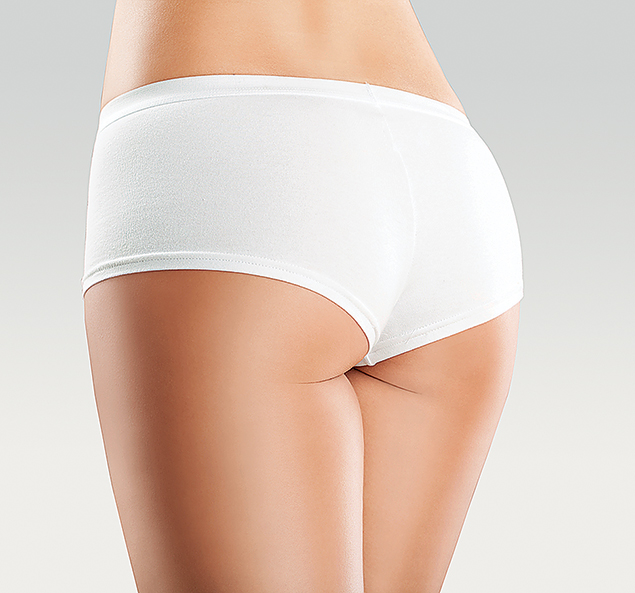
Blame Kim Kardashian. Enlarging the backside is now an increasingly requested cosmetic surgery—though there are other ways to get a lift.
Most Dramatic: No Butts About It
One way to fill out a flat or saggy posterior is a Brazilian Butt Lift. Performed on its own or with buttock implants, it provides double benefits: A surgeon removes unwanted fat from elsewhere in the body (commonly the hips, thighs, or belly) and uses that fat to smooth, shape, and elevate the derriere.
“Unless you’re very thin, you can get a lot more volume with fat transfer as opposed to implants, and the results are excellent when performed on someone with flat buttocks,” says Banks.
The procedure is lengthy—two to three hours—because the relocated fat needs to be put in drop by drop so it can survive. Expect bruising and swelling plus four to six weeks of wearing a compression garment. Cost: $8,000 to $10,000.
The Exercise Option for a Shaplier Bottom
A round, lifted rear requires targeting all three of the main glute muscles, preferably at the same time. “Squats and lunges of all kinds—using a barbell or dumbbells, wide or narrow stance, deep, partial, and plyometric—are all great for shaping the butt,” says trainer Cheryl Davis.
Her favorite lunge is a walking dumbbell lunge with a single-leg deadlift. Start by standing in a neutral position holding a dumbbell in each hand. Lunge forward with the right foot, placing most of the weight in that heel, then bend both knees until they form 90-degree angles. At the bottom of the lunge, squeeze through the glutes to return to standing, then shift the weight into the right foot, keeping the knee straight. Lift the left leg off the ground while lowering the dumbbells and torso toward the ground until the upper body is parallel to the floor. Return to standing and repeat on the other leg. Davis suggests three sets of ten reps on each leg, using a weight heavy enough to make the last two reps on each leg a challenge.
Toned Legs
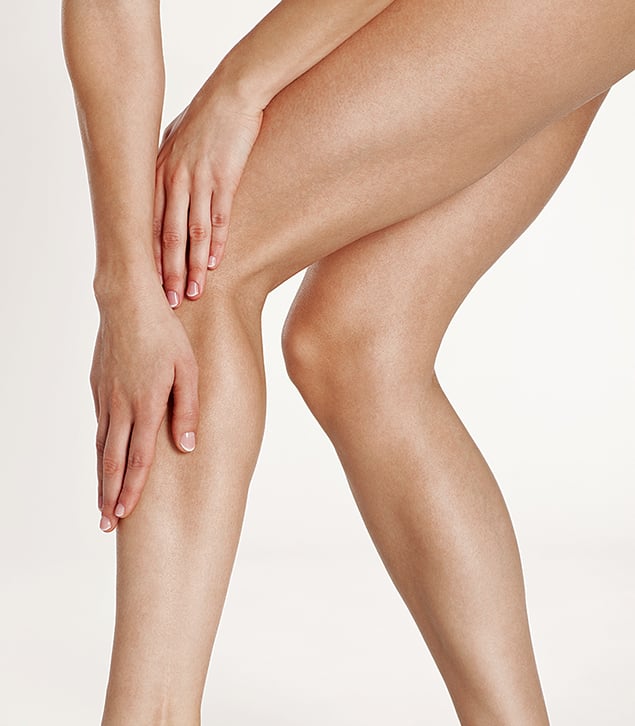
Although there are still few cosmetic treatments available to sculpt legs, these are some options for thighs, knees, and calves:
Worth the Shot?
A gold standard of fat removal continues to be laser-assisted liposuction, but there’s a new—albeit controversial—injectable that’s reported to dissolve fatty bulges in the legs, stomach, hips, and back. Aqualyx contains desoxycholan acid, a bile acid similar to what the liver naturally produces to aid the digestion of fat. The substance locks onto fat-cell walls and forces the cell to release stored fatty acid, which is then metabolized by the body.
If you’re generally fit but have spots of stubborn fat, such as outer-thigh bulges, Aqualyx can be injected into these areas, often combined with a local anesthetic such as lidocaine for a more comfortable experience. The treatment is relatively painless—patients feel a warm sensation, some itching, and slight burning. Expect some swelling and redness for one to three days.
“Most people need three to five sessions, at four-week intervals, to see a change,” says Banks. “But it depends on the size of the fat deposit, and every individual will have their own response to the solution.”
Not everyone is a fan. “Because it is injected subcutaneously, Aqualyx isn’t well controlled as to how far it diffuses, and I see the potential for areas of skin depressions,” says plastic surgeon Rondi Walker.
The procedure is said to be popular in England (where it costs the equivalent of $400 to $600), but it’s just hitting the United States and is not FDA-approved.
Quick and Easy
Age, sun exposure, and years of wear and tear can cause the skin on your legs to sag.
“Ironically, the more toned and fit you are, the more the skin on the upper thighs hangs, because there’s less fat to fill it out and support it,” West says.
Ultherapy, the ultrasound procedure, was recently shown to provide significant tightening of the skin on thighs, with improvements that continue for up to six months. A recent study also showed dramatic tightening in the knee area. Cost: $2,000 to $3,500.
Fake It
The easiest way to make legs look younger? Use both a moisturizer and a bronzer—darker, hydrated legs appear firmer.
One product to try is Murad Body Firming Cream ($45), with vitamin C, soy, and shea butter. We can’t say we saw a 40-percent increase in firmness within 15 minutes of applying it (as the brand claims its studies show), but there was definitely an improvement. Maximize the effect by applying an imperfection-covering bronzer such as Lorac TANtalizer Body Bronzing Spray ($32), which offers streak-free color.
Sculpted Arms
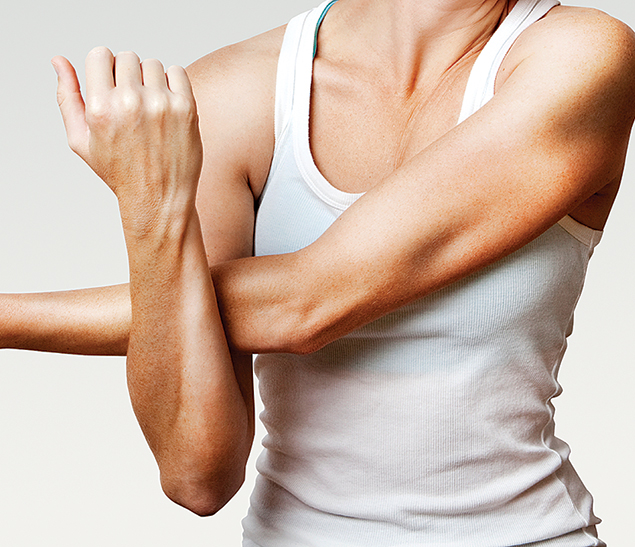
As more celebrities sport buff arms, the number of upper-arm lifts, or brachioplasties, has risen by more than 4,000 percent since the year 2000, from around 300 to more than 15,000, according to the American Society of Plastic Surgeons. But surgery isn’t the only way to get toned arms.
The Big Fix: Clipping “Bat wings”
Upper arms are yet another area where we’d all be better off with thicker skin. Combine thin skin with age-related muscle loss—plus the fact we don’t use our triceps often during day-to-day activities—and you can develop dreaded “bat wings.”
When a large weight loss has left a lot of excess skin, you can’t get rid of that no matter how often you hit the gym. “A brachioplasty is the only way to reshape the underside of sagging upper arms due to excess skin and fat,” says Banks. The downside: The scar is noticeable—running from elbow to armpit. Cost: $5,000 to $7,700.
When arm jiggle is due more to fat than to loose skin, some physicians recommend ultrasonic or laser-assisted liposuction, which liquefies and removes excess fat—and may tighten skin by heating the tissue. Cost: $4,000 to $8,000 for both arms.
Quicker, Easier Options for Arms
For those with a mild to moderate amount of bothersome arm fat, CoolSculpting, an FDA-cleared process, freezes fat cells to eliminate them without causing damage to surrounding cells or tissue. While it reduces fatty tissue by about 20 percent, it won’t improve skin laxity. Results are visible within three weeks but most drastic after two months. Cost: $3,000 for both arms.
If the issue isn’t fat but a bit of jiggly skin, some doctors recommend Ultherapy ultrasound treatments (mentioned previously for firming loose belly skin). Radio-frequency options such as PelleFirm and Protégé Elite can also be used on arms to tighten skin; they use heat to stimulate collagen production. Ultherapy requires one treatment (at about $2,000) for both arms; the RF procedures require three to four treatments, two weeks apart ($400 to $500 each).
Fake It
For a mild, temporary skin-tightening effect available over the counter, it’s hard to beat Bliss Fatgirlslim Armcandy ($38). The product, applied with a massage applicator, includes lactic acid (which exfoliates smooth skin) and caffeine (which the company claims helps firm and tone).
The Exercise Option for Toning Arms
To sculpt arms, says personal trainer Cheryl Davis, you have to work the muscles both in front (biceps) and back (triceps). She suggests performing two exercises back to back, with no rest in between: incline bicep curls and overhead arm extensions.
Start with an incline bicep curl: Stand with your back against a wall, holding dumbbells down at your sides. Next, walk your feet forward so that only your back is against the wall and the rest of your body is at a 45-degree angle. Curl both dumbbells up, keeping your elbows and upper arms against your sides. Squeeze your biceps at the top of the movement, then return the dumbbells to the starting position. Repeat 15 times.
For the overhead arm extension, stand up straight and hold one dumbbell in both hands directly over your head. Slowly lower the dumbbell toward the back of your head, as if you’re trying to touch your shoulder blades. Return the dumbbell to the starting position, squeezing through your triceps once the dumbbell is directly overhead. Repeat 15 times. After a brief rest, perform two more sets of both exercises.
This article appears in the February 2015 issue of Washingtonian.

